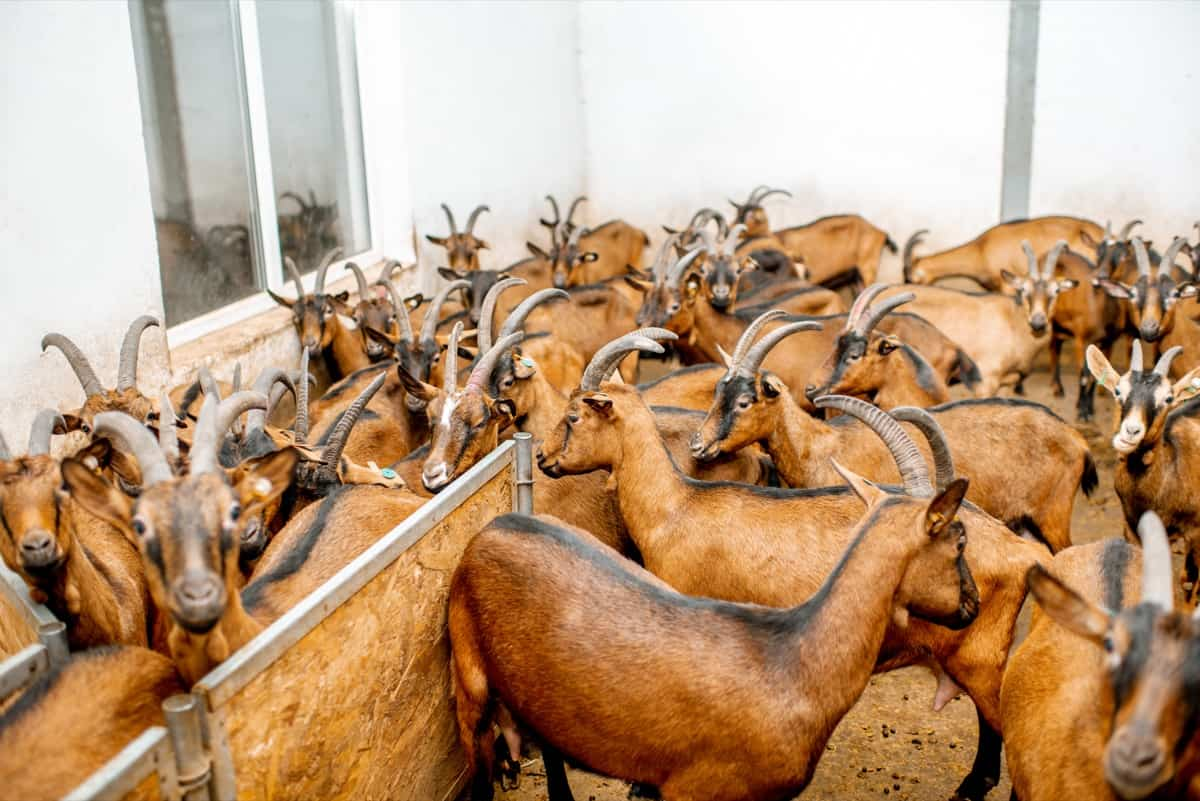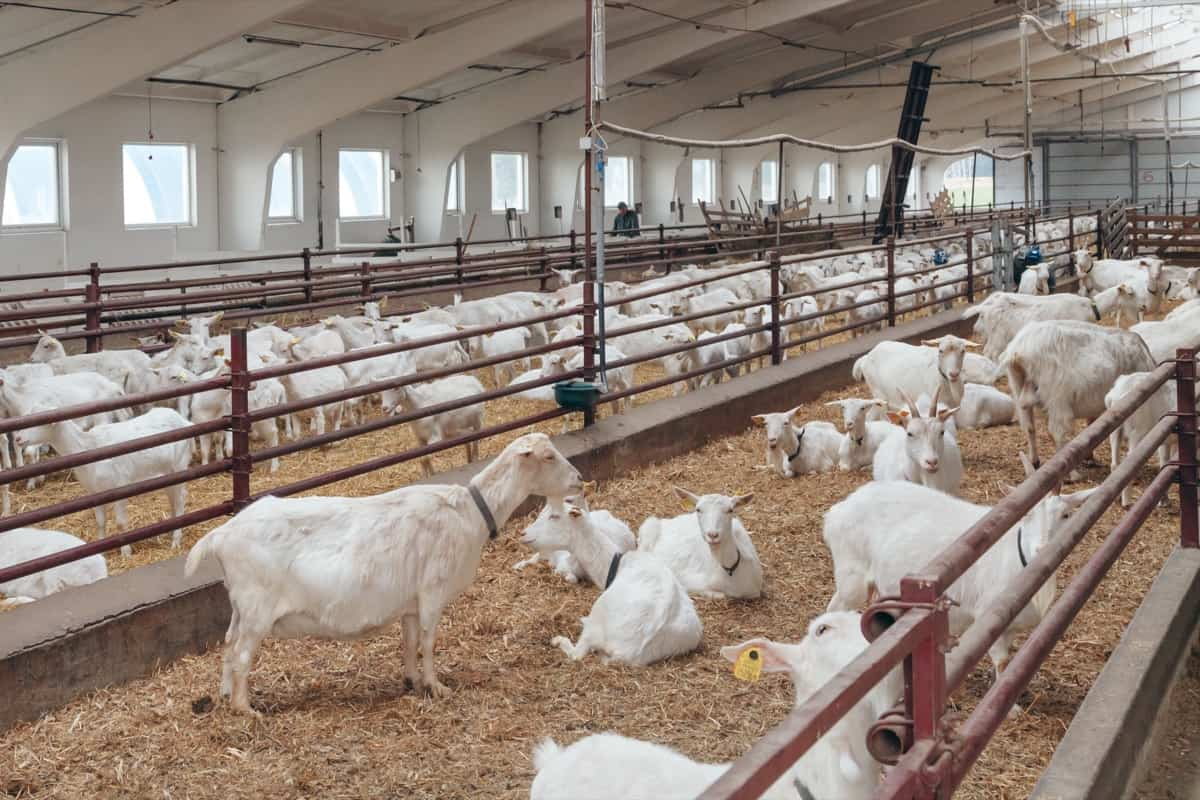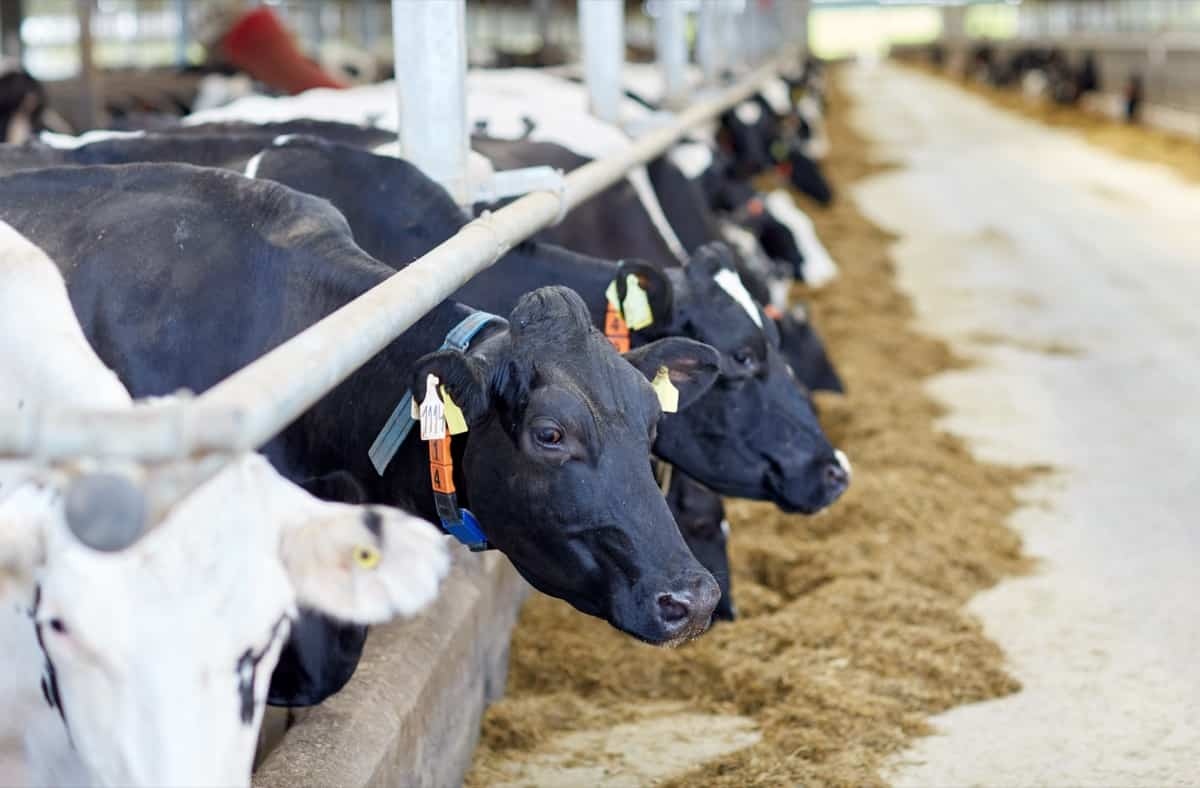Embarking on a livestock farming venture can be a rewarding and profitable endeavor. Whether starting a small family farm or aiming for large-scale livestock production, a well-structured business plan is your roadmap to success. This guide, “How to Write a Business Plan for Raising Livestock in 10 Easy Steps,” will walk you through the essential process of planning, strategizing, and evaluating your livestock operation.

How to Write a Business Plan for Raising Livestock
Purpose and Importance of a Business Plan for Raising Livestock
A business plan for raising livestock is essential as it outlines the venture’s purpose, strategy, and financial projections. It serves as a roadmap for success, helping to define goals, allocate resources efficiently, and minimize risks. A well-crafted plan provides a clear direction for livestock operations, including breeding, feeding, healthcare, and marketing strategies.
Moreover, it aids in securing financing from investors or lenders by demonstrating a comprehensive understanding of the industry, potential profitability, and a structured approach to mitigating challenges. Ultimately, a business plan is vital for ensuring the sustainability and profitability of livestock farming ventures.
Conducting Market Research and Identifying Target Customers for Your Livestock Business
To conduct effective market research for a livestock business, start by analyzing industry trends, demand for specific livestock products, and competitors. Collect data on local and regional markets, including pricing, consumer preferences, and emerging opportunities. Identify target customers by considering demographics, income levels, and purchasing behavior.
Create customer profiles to understand their needs and preferences. Engage in surveys, focus groups, and social media monitoring to gather valuable insights. This research will enable you to tailor your livestock operations and marketing strategies to meet the demands of your target customers, ultimately increasing the likelihood of success and profitability in your business.
Defining Your Livestock Business Goals and Objectives
Making clear and specific goals and objectives for your livestock business is crucial for success. Begin by defining your long-term vision, such as becoming a leading local supplier of a specific livestock product. Break this down into specific, measurable, and time-bound objectives, like increasing herd size by 20% in the next two years.
Goals can encompass production efficiency, profitability, sustainability, or market expansion. These objectives serve as a roadmap, guiding your decision-making and actions, ensuring alignment with your overall business vision, and allowing for regular evaluation and adjustment.
Developing a Comprehensive Financial Plan for Raising Livestock
Creating a robust financial plan is essential for the success and sustainability of your livestock business. Start by outlining all your expenses, including infrastructure, feed, veterinary care, labor, and administrative costs. Estimate revenues by projecting livestock sales and any related products or services. Calculate your breakeven point and establish profit margins. Develop a detailed budget and cash flow forecast to monitor financial health.
In case you missed it: Mulberry Leaf Fodder: A Cost-effective Alternative for Livestock Feeding

Consider contingencies for unexpected events like disease outbreaks or market fluctuations. Present a clear financial plan to attract investors or lenders if seeking financing. Continuously track financial performance against your plan and adjust as necessary to stay on track toward your business goals. A comprehensive financial plan ensures you have the resources and strategies to achieve success in your livestock venture while managing risks effectively.
Creating a Marketing Strategy to Promote Your Livestock Products
Identify your target customers and their preferences to promote your livestock products effectively. Develop a compelling brand identity and messaging highlighting your products’ quality, sustainability, and unique selling points. To reach your customers, utilize both traditional and digital marketing channels, such as social media, farm-to-table partnerships, and local farmers’ markets.
Consider offering promotions, discounts, or loyalty programs to attract and retain customers. Monitor marketing metrics and customer feedback to refine your strategy continually, ensuring that your livestock products gain visibility and recognition in the market.
Establishing a Strong Operational Plan for Managing Livestock Operations
A robust operational plan is vital for efficient livestock management. Start by detailing daily routines, including feeding schedules, health checks, and record-keeping. Ensure adequate infrastructure, such as barns, fencing, and water systems. Develop protocols for disease prevention and treatment. Train staff on animal care and safety procedures.
Implement a breeding and reproduction strategy. Create contingency plans for emergencies like extreme weather or disease outbreaks. Regularly assess herd health and performance metrics. By having a comprehensive operational plan in place, you’ll optimize livestock welfare, production efficiency, and overall business resilience.
Securing the Necessary Permits and Licenses for Your Livestock Business
Before commencing your livestock business, navigating the regulatory landscape is crucial. Begin by researching and identifying the specific permits, licenses, and zoning requirements applicable to your location and type of livestock. Contact local agricultural authorities, health departments, and environmental agencies for guidance.
Prepare comprehensive documentation, including business plans, health and safety protocols, and environmental impact assessments. Engage legal counsel if needed to expedite the permitting process. Compliance ensures legal operation, mitigates potential legal issues, and establishes stakeholder trust, allowing your livestock business to operate smoothly.
Designing an Effective Production Plan for Raising Livestock
A well-thought-out production plan is essential for successful livestock management. Start by defining your production goals, considering quantity, quality, and sustainability factors. Outline breeding, feeding, and healthcare protocols to optimize growth and well-being. Schedule routine vaccinations, deworming, and health checks.
In case you missed it: A Natural Solution: Discover the Benefits of Livestock Manure in Agriculture

Implement efficient record-keeping to track performance and identify areas for improvement. Plan for seasonal variations in feed availability and weather conditions. Consider the environmental impact and implement sustainable practices. Collaborate with veterinarians and nutritionists for expert guidance. Regularly review and adjust your production plan to adapt to changing conditions and ensure the long-term success of your livestock business.
Implementing Quality Control Measures to Ensure the Health and Safety of Livestock
Establish rigorous quality control measures to safeguard your livestock’s health and safety. Regularly inspect facilities, ensuring they meet animal welfare standards. Develop and adhere to strict feeding and vaccination schedules. Train staff in proper animal handling and emergency response procedures.
Monitor and record health indicators and behaviors, promptly addressing any anomalies. Maintain biosecurity protocols to prevent disease transmission. Collaborate with veterinarians for regular check-ups and expert guidance. These measures not only protect the welfare of your livestock but also enhance product quality and consumer trust, contributing to the long-term success of your livestock business.
Evaluating and Adjusting Your Business Plan to Optimize Success in Raising Livestock
Regular evaluation of your business plan is essential for continuous improvement. Analyze key performance indicators such as production efficiency, costs, and revenue. Monitor market trends and consumer preferences, adjusting your strategies accordingly. Assess the effectiveness of marketing efforts, refining as needed. Consider feedback from employees, customers, and industry experts.
Be flexible and open to adaptation as circumstances change. Identify strengths to leverage and weaknesses to address. Periodically update your business plan to reflect evolving goals and market dynamics, ensuring your livestock business remains competitive and resilient in the ever-changing agricultural landscape.
In case you missed it: Partnerships for Profit: Maximizing Returns through Livestock Contract Farming

Conclusion
Crafting a business plan for your livestock venture, broken down into ten simple steps, is a pivotal tool for success. Each step in this guide, “How to Write a Business Plan for Raising Livestock in 10 Easy Steps,” is crucial, from defining your vision to conducting market research, financial planning, and risk management.
- Feed Your Flock for Less: Top 10 Tips to Save on Chicken Feed
- Ultimate Guide to Ossabaw Island Hog: Breeding, Raising, Diet, and Care
- Hatching Answers: The Top 10 Reasons Your Chickens Aren’t Laying Eggs
- Eggs and Economics: Breaking Down the Cost of Raising Backyard Chickens
- Defend Your Greens: Proven Methods to Keep Iguanas Out of Your Garden
- Ultimate Guide to Cinnamon Queen Chicken: A Comprehensive Guide for Beginners
- Ultimate Guide to California Tan Chicken: Breeding, Raising, Diet, Egg-Production and Care
- Ultimate Guide to Marsh Daisy Chicken: Breeding, Raising, Diet, and Care
- 10 Types of Chicken Farming Businesses You Can Start for Profits